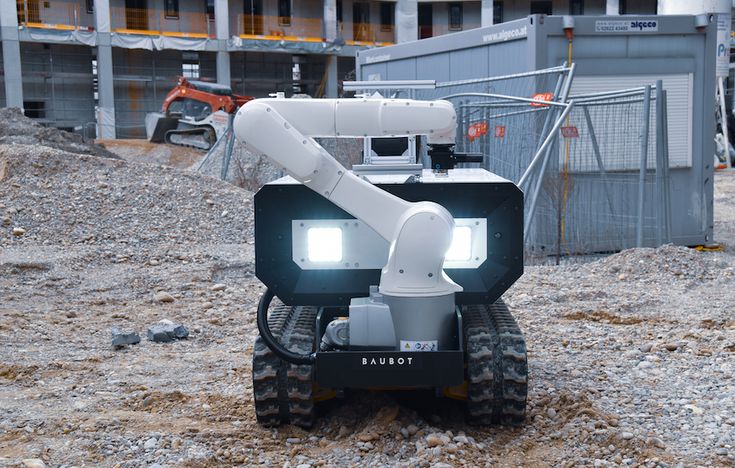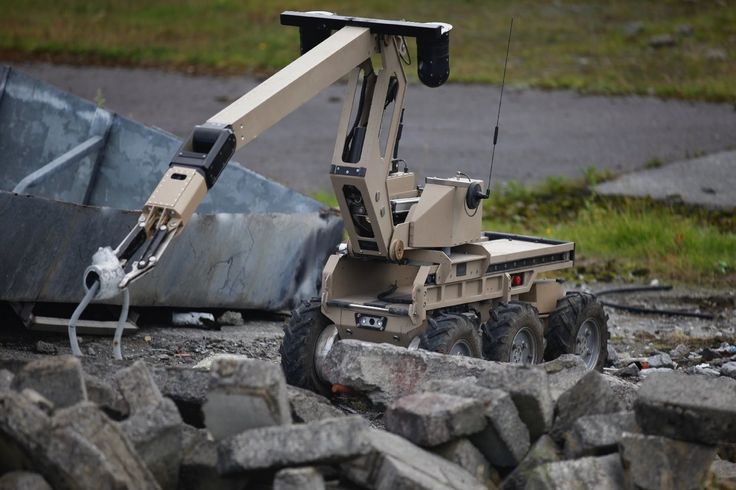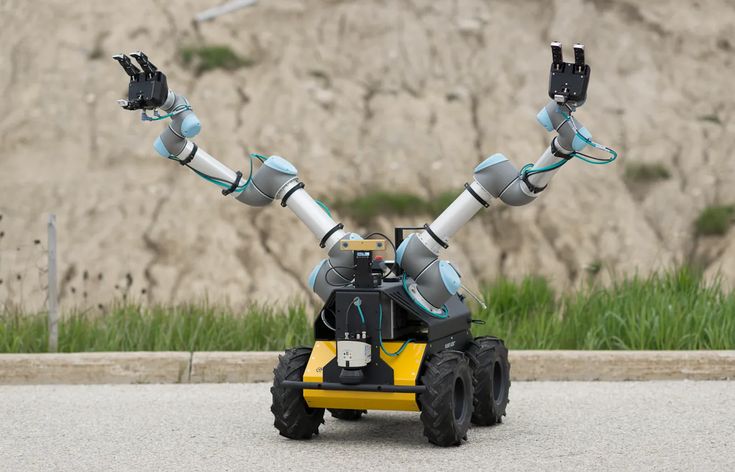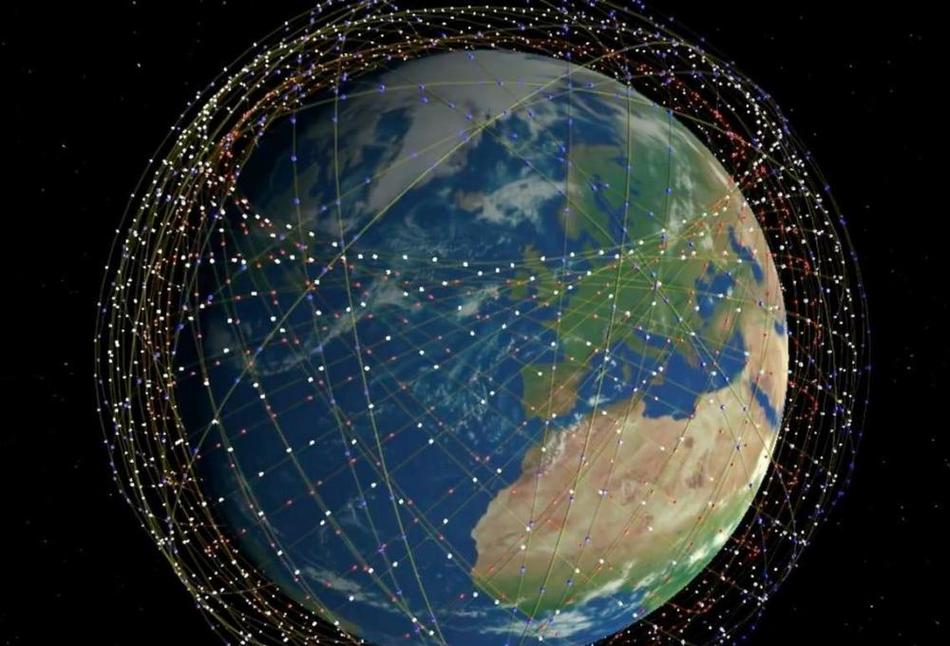The construction site next to your house may be being "subverted"
Imagine your home downstairs, the familiar dusty construction site. You heard the rumbling of machines and saw the workers and masters sweating profusely. However, if one day, you see a robot skillfully laying bricks in the corner alone, another robot welding steel bars smoothly in the air, and another robot assembling prefabricated components accurately, will you doubt that you have crossed?
This is not the bridge of science fiction movies, but the reality that is happening. Construction robot, a distant and unfamiliar word, is quietly infiltrating and changing our cognition of construction sites at an unprecedented speed. They are not the future, they are the present.

Bricklaying: From manual labor to "fingertip" art
At one time, bricklaying was a job that relied solely on experience and physical strength. The placement of bricks, the application of mortar and the calibration of horizontal lines require years of tempering by craftsmen. But now, all this is being replaced by tireless robots.
These bricklaying robots usually consist of a mobile platform and a set of mechanical arms. Through advanced sensors and vision systems, they can accurately identify the position of each brick and automatically calculate the best masonry path. They can complete bricklaying with amazing speed and accuracy, and the error can even be controlled at the millimeter level. More importantly, they are not affected by weather, fatigue and dangerous environment. They can work continuously in the heat and summer, and they can also work tirelessly in the stormy weather. They transform bricklaying from a heavy manual labor into an accurate and efficient automatic process.

Welding and Assembly: When "Craft" meets Algorithm
In addition to bricklaying, welding and assembly are also the core processes on the construction site. Traditional welding needs skilled welders, and it is done in high temperature, strong light and harmful gas. Nowadays, welding robots can easily complete complex welding tasks. They can automatically identify weld seams and perform precise welding according to preset parameters. This not only improves the welding quality, but also greatly improves the working environment, freeing workers from dangerous environment.
For the assembly of large prefabricated components, the advantages of robots are more obvious. They can be accurately hoisted and positioned, which makes the work that originally required multi-person cooperation efficient and safe. Imagine that a huge prefabricated wall, under the precise control of the robot, is seamlessly connected with the foundation, which is an amazing efficiency.
Future construction site: an unmanned factory?
Of course, some people will worry that the popularity of construction robots will make workers unemployed. This is just like more than a hundred years ago, when steam engines replaced carriages and electricity replaced kerosene lamps. Every technological innovation will bring pain, but it will also give birth to new jobs.

In the future construction site, workers will no longer be manual workers who move bricks, but higher-level managers and operators. They will be responsible for programming, monitoring and maintaining the robot. They will be liberated from heavy and dangerous work and turn to more creative and challenging tasks.
The future construction site may be more like a highly automated "unmanned factory". Robots will be responsible for most heavy and repetitive tasks, while humans will play the role of "conductor". This is not only the improvement of efficiency, but also the redefinition of the whole construction industry. It will bring higher safety, faster construction speed, lower cost and more sustainable construction methods.
(Writer:Haicy)





